“Super Glue and Baking Soda: A Love Story”
“Best Laid Plans”
“Brands I Prefer: Everything Else”
“Brands I Prefer: Clay”
“Building a Frame & Armature”
Ingredients
1 model horse
1 bottle of super glue
2 tablespoons of baking soda
1 Sharpie marker
2 oz of Apoxie
1 model horse
1 bottle of super glue
2 tablespoons of baking soda
1 Sharpie marker
2 oz of Apoxie
Why should I shorten my model’s back?
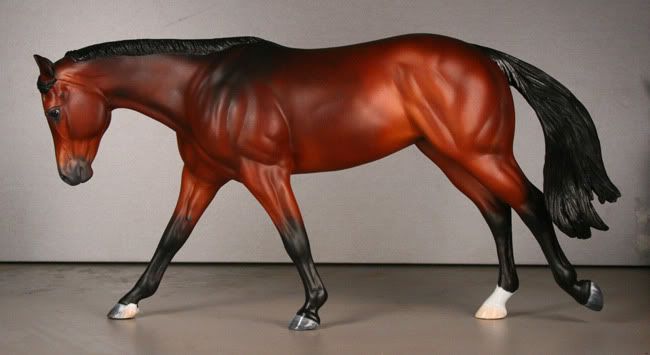
Because it’s easier than it looks. Despite being a relatively minor procedure, it can give the same impression as a more dramatic overhaul of a conformationally-challenged plastic horse. In short, little effort but a huge impact. I’m kinda surprised how rarely you see this process done.
When should I shorten a back?
This question is a little more complex than “when it’s long.” The most important consideration, in my mind, is your model’s breed.
• Does the standard call for a short back?
• Are short backs common?
• How short are the breed’s legs (typically)?
• Is it a pony breed?
If your model is a pony, it’s more likely you’ll need to lengthen his back than shorten it. While there are numerous exceptions, in general ponies have longer backs, bigger barrels, and shorter legs (proportionally). Think of Shetlands and anything you’d describe as a native pony.

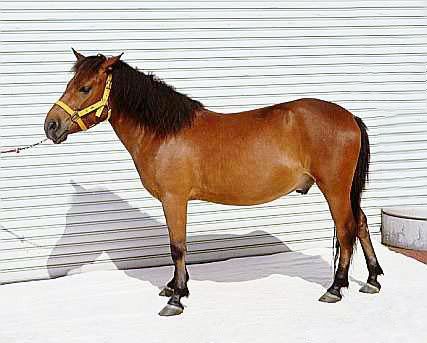
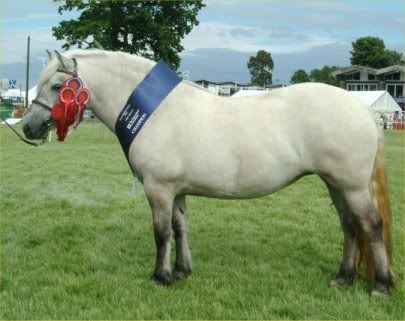
Typically, short backs breeds are show-bred drafts, most Morgans, and stock breeds.
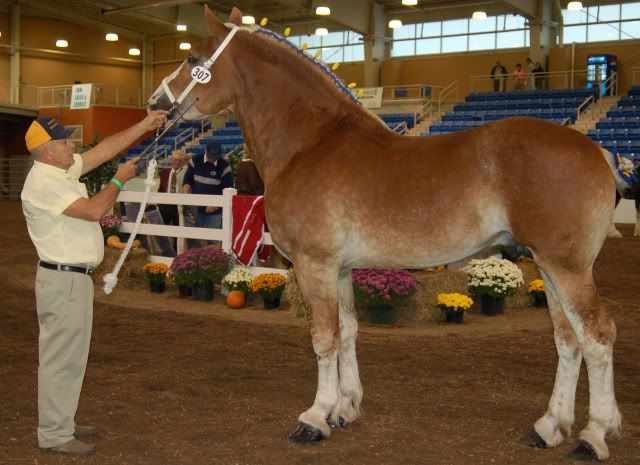
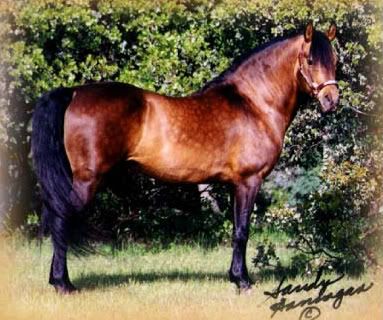
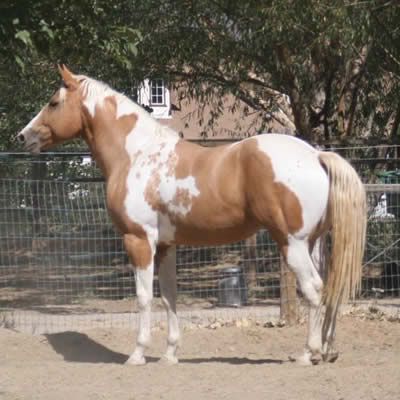
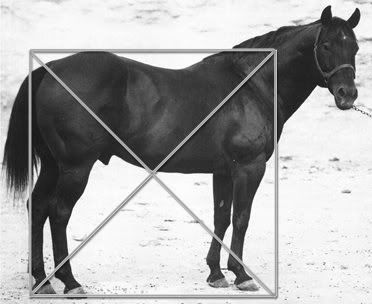
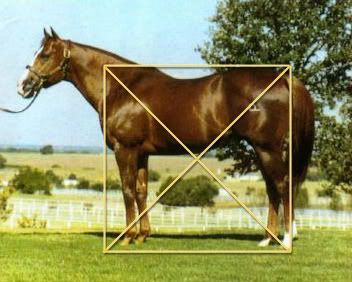
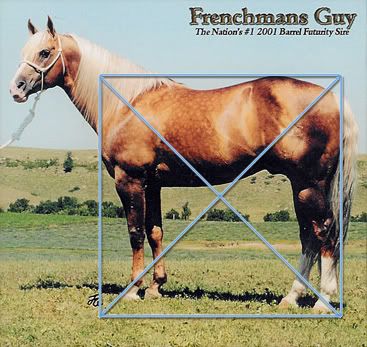
No rectangle horsies!
In addition, you may want to shorten a model in motion to enhance his frame and give him the appearance of collection. These are both pretty hearty concepts, so I'll talk about them in more detail in a few weeks.
Okay, so the back’s too long. Now what?
I started with Maureen Love’s Quarter Horse Stallion.
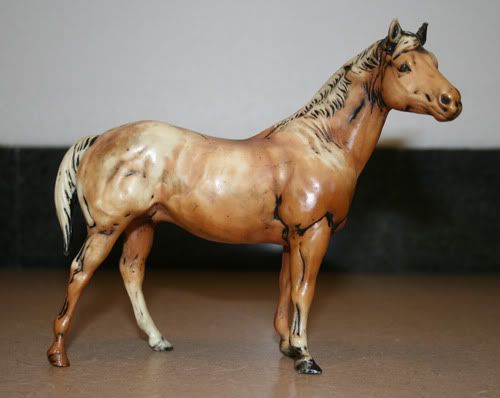
Both he and his matching mare are lovely molds, but you don’t often see them shown as QHs. I’ve seen the stallion shown successfully as a Quarter Pony (eh hem), but he’s not what I consider an ideal QH because his short legs contrast with his long back.
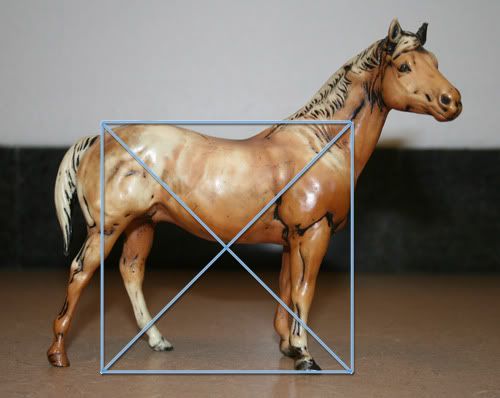
I start by deciding where to take out the extra length. The easiest location is usually the girth area. You can take it out of the mid-barrel instead, but only if the barrel itself is disproportionally long. If it’s proportionally fine, the finally piece will look like he’s missing a few ribs. Not a great look.
I prepare my model by coloring, with a sharpie marker, how much I intent to remove:
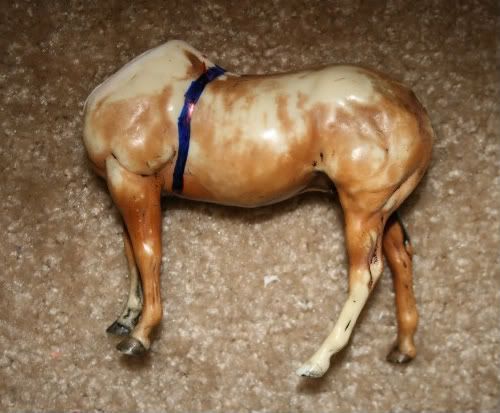
Next, I grab my dremel and a cutting wheel:

I put on my goggles (sometimes) and start cutting. I run the cutting wheel down the middle of my marked area and full separate the front end from the back.
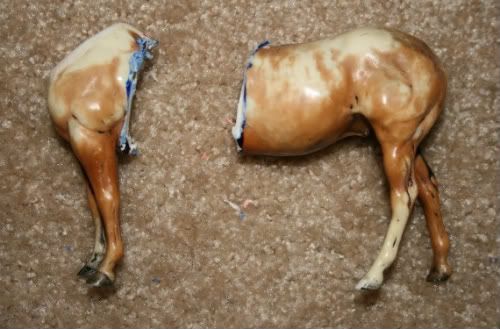
Now I switch to a grinding bit.
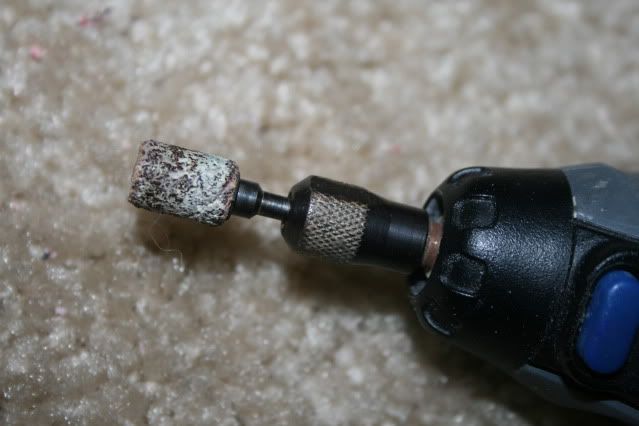
Everything marked in Sharpie still needs to come off. I grind it off, being careful to hold my dremel perpendicular to the body. I want a straight 90 degree angle.
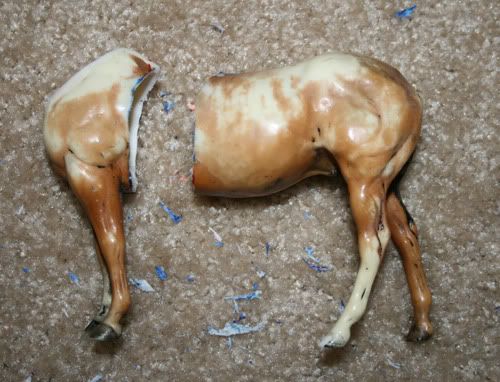
With all of the sharpie area removed, I’ll hold both parts together and eyeball my progress. I often spend at least 20 minutes going back and taking out a little bit more back. When I’m happy with his length, I go back and round off the outer edges of the cut.
This part is important so don’t skim it. The goal here is to make your life easier when you have to go back and patch over the cut. When you’re piecing together a custom, you have to remove plastic to make space for clay. You can’t just glue these two halves back together and cover the seam in clay. It will look weird. This goes for all customs, not just drastics and not just backs.*
*If how this works isn't totally clear, let me know in the comments and I can expand on it in a later post. This is crucial to most of my methods and will come up again in future tutorials.
Now I have to reattach the two parts. The trick here is to reassemble everything so it’s still straight. I start by lining the edges of both sides with super glue. As I push them together, I hold the whole thing upright on a flat surface (in this case my kitchen counter). Standing models are easiest for this as you can make sure all four legs are flat. Hold the whole thing in place for at least the count of 60.
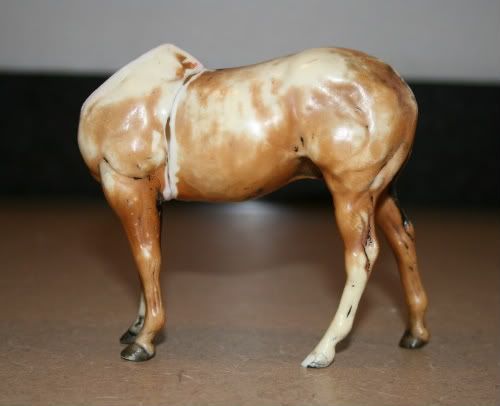
If you’re smart, you’ll place a piece of paper between the model and the counter. But as you can clearly see, I’m not that smart.
This is a good point to take a step back and analyze at your progress. My regular readers know I’m not a big ruler person, but in this case I’ll make an exception. Mats are good for this:
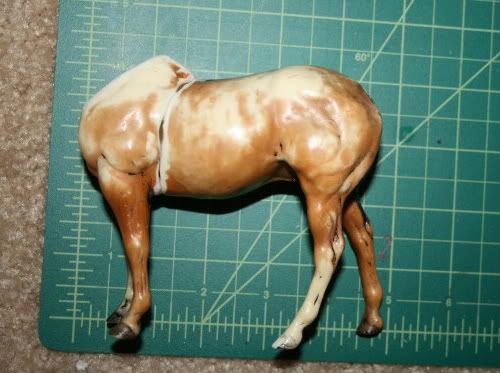
At this point, my model is secure enough to stand, but a light breeze could snap him in half. To strengthen him, I first address the gaps. I trace the edges of the gap with my super glue, then sprinkle the glue with baking soda. Repeat. Repeat. Repeat.
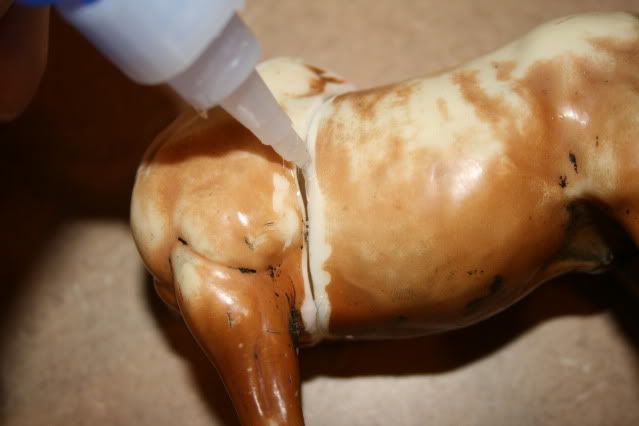
After a few applications, the gap should be sealed. I’ll continue adding super glue/baking soda the whole way around until the deeper crevices are filled.
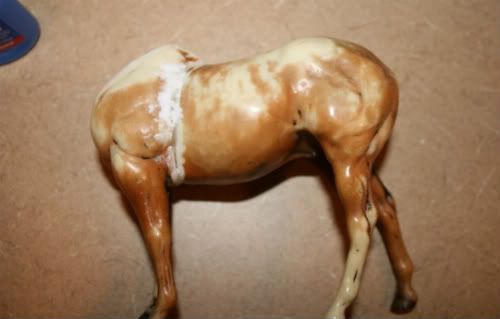
I shake off the model to remove the excess baking soda. I usually find I need to go over the glued portions with medium or fine grained sandpaper to take down any protrusions. Afterwards, I wash off my models to remove any and all debris. Leftover sanding dust and baking soda will make it difficult to get the clay to stick to the body. Of course, so does water, so you’ll need to set your model aside to fully dry.
At this point, the model’s back will look weird. Casanova here was pretty extreme, but you’ll usually see a dent behind the withers. I mix my Apoxie and address the back first. Breed and my model’s position will affect the shape of the back, but for a standing model, it should look roughly like this:

When I’m happy with the back, I work my way down. Along the sides of the barrel and under the girth, my main goal is to provide an uninterrupted transition between both pieces. I try to get the edges of the clay as smooth to the plastic body as possible. The smoother the clay, the less sanding I’ll have to do later.
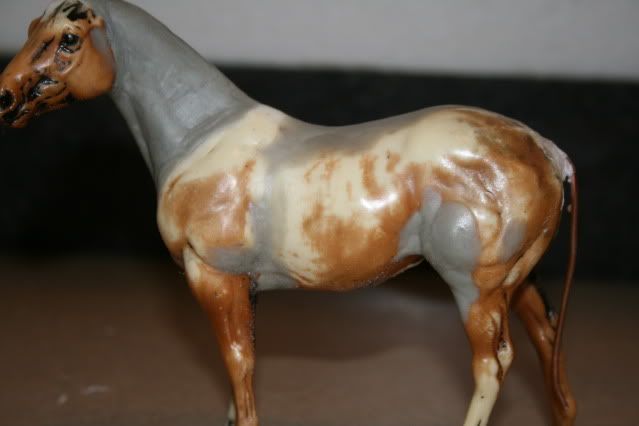





4 comments:
Great reading! Thanks for sharing. It's so interesting seeing what goes into customs.
I hope you do one on lengthing backs as the breeds I like need to be lengthened. I always wondered about the super glue use though. Thanks for making it a little clearer.
You're not the only one to ask for one on lengthening backs, so I'll create a tutorial (hopefully) for this Thursday.
I've had a resin that I want to buy who's back irks me like crazy. I think I will try it on her once I buy her.
Post a Comment